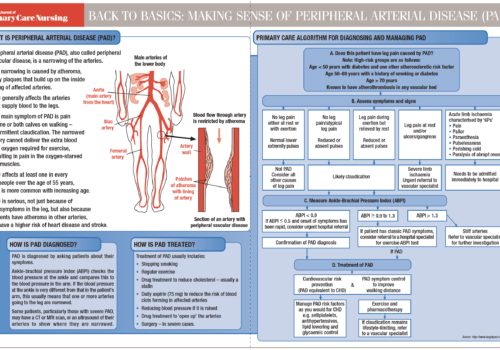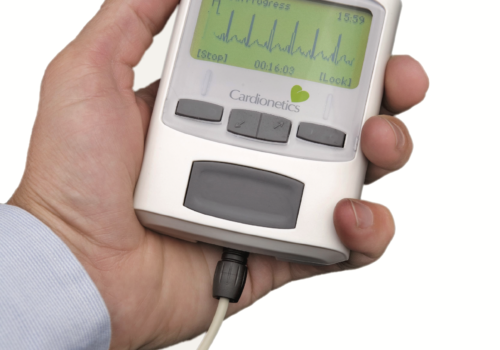The NICE lipid modification guideline, published in May this year, covered both primary and secondary prevention of CVD. This article will look briefly at the principles of this guideline in relation to primary prevention and then go further to highlight the key issues regarding statin prescribing for people established to be at high cardiovascular risk.
Why do People with Diabetes Fall Off the Rails?
Why is it that some patients with diabetes are able to stick to the ‘straight and narrow’ while others fall off the rails? I decided to look at my client group to see if I could pick up on any particular issues that made people either forget that they have diabetes, or struggle to continue to control their blood glucose levels as they had previously been doing. This article reviews what I found and offers some suggestions on how to help patients get back in control.
Putting the NICE Guideline on Type 2 Diabetes into Practice
At last, the updated NICE (National Institute for Health and Clinical Excellence) guideline for the management of type 2 diabetes has been published. It includes an update on the management of blood glucose, blood pressure, lipids, renal function and retinopathy, but the key priorities for implementation are based on taking a patient-centred approach to care. In this article, we will focus on the important areas of patient education, dietary assessment, setting targets for HbA1c, self-monitoring and starting insulin therapy.
Making Sense of FINDRISC: the Finnish Diabetes Risk Score and How to Use it
In this article, we look at what FINDRISC is and how this tool can be used to effectively prevent and slow down the development of diabetes. We also discuss the correlation between blood glucose and cardiovascular risk before a diagnosis of diabetes has been made, and how to manage risk factors to significantly reduce morbidity and mortality.
Starting on a Gliptin – Sitagliptin or Vildagliptin
Heart Failure Specialist Nurses: Feeling the Impact
Heart Failure Specialist Nurses (HFSNs) now work in the community alongside their general practice colleagues. They can act as a valuable resource to support the primary care team in the management of heart failure patients. They carry out home visits and run community clinics to stabilise patients after discharge from hospital following an acute event. The aim is to educate patients and their family carers how to manage living with heart failure, up-titrate medications to optimal levels, stabilise the patient and then hand them back to the care of the primary care team, knowing that they will be referred back to the HFSN should their condition deteriorate. However, some complex patients with advanced heart failure (NYHA III or IV) and at high risk of re-hospitalisation are retained in the specialist nurse caseload.
Back to Basics: Making sense of peripheral arterial disease (PAD)
The penis as a barometer of cardiovascular risk
The arteries that supply the penis are very small and may be more prone to atherosclerosis than larger vessels. This means that the penis may be the first area in a man’s body to suffer from a reduction in blood flow and so signal cardiovascular disease.
Reducing the impact of vascular disease: the proposed Vascular Risk Programme for risk assessment and management
Measurement of baseline total cholesterol: new data from The Health Improvement Network (THIN) database
Ambulatory ECG monitoring in primary care
Cardiac arrhythmia affects more than 700,000 people in England and is consistently in the top ten reasons for hospital admission, consuming significant accident and emergency time and bed days.1 In the general population, arrhythmias are normally quite minor, silent, and typically benign. Symptoms may affect the patient enough to be both disruptive and distressful. In […]






















